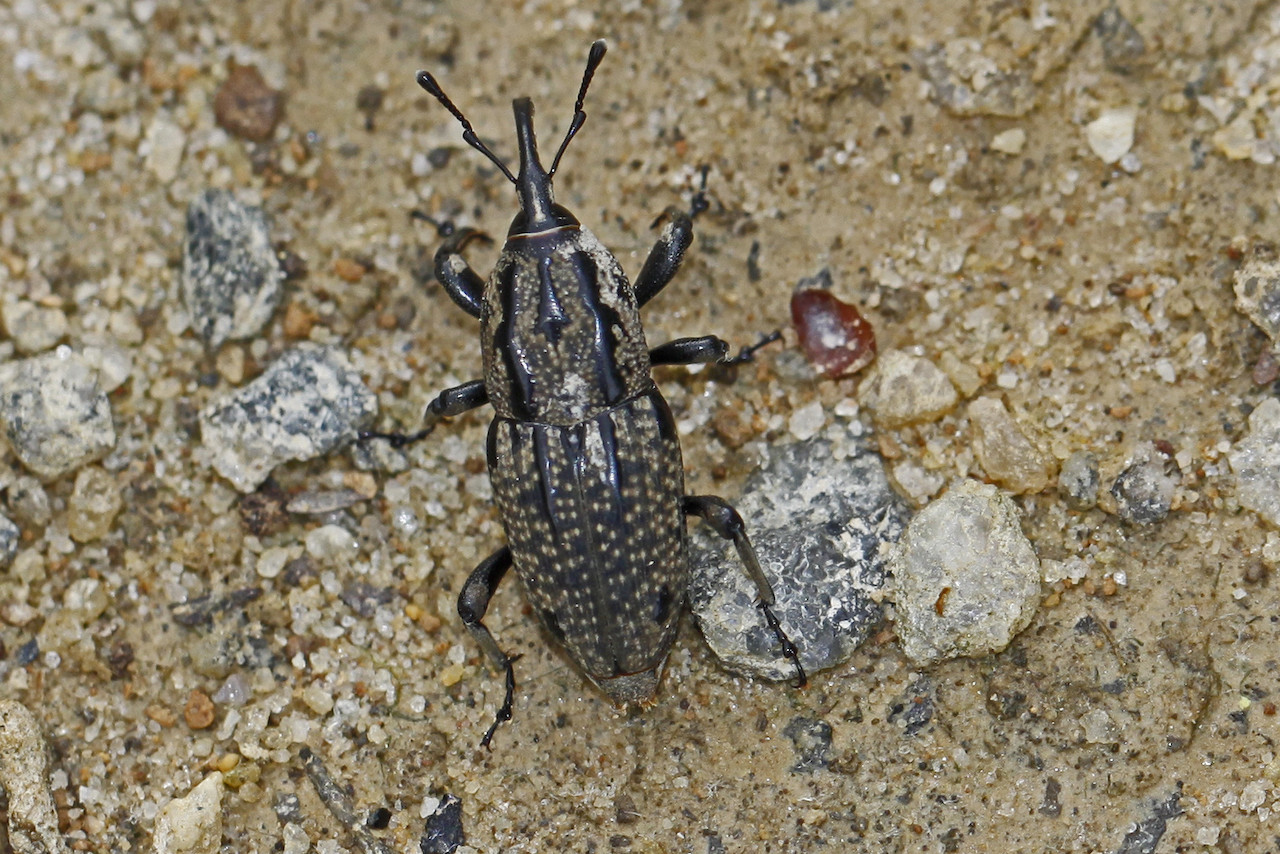
The biggest problem with pests? They can quickly undo a lot of the hard work it requires to have a well-manicured lawn. That’s why certified International Society of Arboriculture Arborist, Doug Evans dedicates so much time to getting rid of them. As the plant health manager at Lawn-Plus LLC in Cincinnati, he’s seen his share of destruction.

“It requires a lot of time and effort to keep a lawn looking its best. And an invasive pest can cause damage that may take up to two growing seasons to really recover and re-establish the visual appearance they had,” says Evans. “It can be really frustrating to watch something you’ve worked hard on be damaged or even destroyed in a short amount of time.”
It’s important to define the term “pest” when discussing insects and other animals that visit your lawn. “The importance of pollinators has been well documented the past several years, and we do our best to avoid disturbing their life cycles,” he says. “Many of the insects we find locally are harmless and can be beneficial when population levels occur in moderation.”
In Cincinnati, Evans witnesses three significant lawn-damaging pests and insects. Each insect has its unique properties and characteristics as to when they appear or how long they will last. With most insects, weather patterns such as drought, heat, and precipitation effect when they’ll be active and how severe the damage can be.
Grubs

Grubs typically damage the turf in August and September. But weather and temperatures determine precisely when they appear. The No. 1 concern Cincinnati homeowners deal with continues to be white grubs. Grubs come from the larvae of various beetles found in southwestern Ohio and live beneath the turf. They feed on the turf’s root systems and can kill large areas by severing the root from the crown of the plant. Sometimes the turf will re-establish itself without seeding. But the damage usually requires a reseeding project to repair these areas.
Chinch Bugs
When you see your lawn turning brown despite frequent watering, you might have chinch bugs. If you take a close look, you may be able to spot the bug and be sure of your diagnosis. The adult hairy chinch bug migrates to grain crops in the spring but somehow ends up in our lawns when daytime temperatures reach 70 degrees Fahrenheit.
These little creatures can come in black and white or reddish-brown. Chinch bug damage can occur as early as June if the area experiences a hot, dry spring. Otherwise, evidence of chinch infestation in your Cincinnati lawn usually shows up in July through August. You can discover chinch bugs by pulling away debris in the thatch from a clump of grass. Check a few areas on your lawn.
Billbugs
These weevils used to be the most destructive. They don’t appear as much now but can still infest high-cut turf, according to Ohio State University Extension. Kentucky bluegrass seems to be their main source of nutrition. But you’ll also find them munching on ryegrass, red and tall fescues, as well as small grain crops such as corn, rye, and wheat.
Sometimes, the billbug destruction looks similar to drought. That’s how these rascals can fool the eye and wreak havoc on your lawn havoc. The adults can’t be to blame. The bugs do their worst damage in the larval stage. You might first see this billbug infestation late July through August.
Lawn Pest Control in Cincinnati
Cincinnati pest control can be tricky. “It’s best to let licensed professionals perform these services and determine the population levels of the insect to determine the best treatment plan,” Evans says.
Pesticides can be preventive and also useful for active infestations, he says. But, you must follow the directions on any product for the safety of the lawn and yourself. The biggest mistakes homeowners make with lawn pests? Mistimed treatments and mistaking insect damage for heat stress or drought damage.
“Many people want to treat for grubs as soon as they see they are in the lawn. But treating for grubs too early or too late will hinder the effectiveness of the product,” Evans adds.
So, if you see your lawn suddenly has a patch or two of brown grass even when it has been raining, check for some creepy, crawly creatures and deal with it right away.
Main image credit: Billbug photo by Judy Gallagher, CC 2.0.